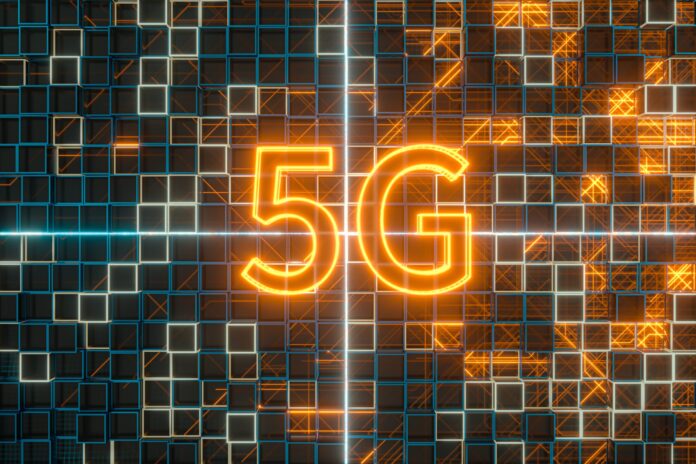Ericsson said that this deployment lays the groundwork for forthcoming 5G-A and associated technologies
Swedish vendor Ericsson and Australian telco Telstra claimed the first deployment of Ericsson’s 4th generation of Radio Access Network (RAN) purpose-built compute platform in Australia, “paving the way” for a 5G Advanced (5G-A) platform for the country.
Telstra deployed Ericsson’s RAN Processor 6672 in a baseband pooling configuration — or a Centralized RAN (C-RAN) configuration — which according to the vendor, is delivering more than three times the capacity compared to the previous generation. The C-RAN configuration, explained Ericsson, results in 60% lower energy consumption and enables more flexible operations.
Ericsson noted that its latest RAN Compute units handle all the digital signal processing tasks of the RAN including the modulation, demodulation, encoding and decoding and scheduling of a users’ LTE and NR traffic.” A more advanced RAN Compute platform allows more data to be processed simultaneously, a better user experience optimized with advanced AI capability all while consuming less energy,” stated the vendor.
Ericsson also highlighted that Telstra is the first telco to “test, validate and operate commercial traffic on this RAN Compute platform within their C-RAN hubs.” The vendor also stated that this deployment is a key step toward future-proofing the network and lays the groundwork for forthcoming 5G-A and associated technologies.
The new Ericsson platform supports advanced automation and AI/ML capabilities and compared to previous generations, the new RAN processors can have up to 20 times more pre-loaded AI models with higher inference capacity.
Emilio Romeo, head of Ericsson, Australia and New Zealand, said: “The deployment of our latest Generation RAN compute platform with Telstra represents a significant global milestone in mobile technology. This breakthrough not only enhances current services but also prepares the network for future innovations providing a more reliable, sustainable experience.”
“We aspire to give our customers a world leading mobile experience and this technology will unlock new capabilities and support increased capacity in the network. With Ericsson’s support, it will help us meet our customers’ data needs more efficiently as they rely on their mobile for day-to day tasks and is an important step in laying the foundations for 6G,” said Telstra’s executive for wireless network engineering, Sri Amirthalingam.
In February, Telstra and Ericsson had announced plans to deliver 5G network slicing services for Australian enterprises as part of their existing partnership.
The pair said they had completed the first phase of work to enable slice-based use cases like fixed wireless access (FWA), broadcasting, automotive connectivity, stadium or precinct services on Telstra’s 5G network.
The partners also noted they have finalized the build of the initial wireless capabilities for this project, to fully operationalize and monetize network slicing using Ericsson’s Dynamic Network Slicing solution.

